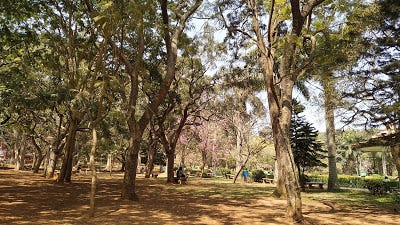Reclaiming my Focus
Typically, I would have checked my phone or messages at least a few times during the course of writing this article. Today, I managed to finish it without any distractions. I will write about how I managed to make this change happen.
A Harvard Article titled “Manage Your Energy, Not Your Time talks about our energy divided into four buckets — Physical (care for your body), Emotional (embrace all emotions and foster positive ones), Mental (be aware and choose your focus wisely), Spiritual (find your bigger purpose — align everything with deep values). Each of these four buckets of energy needs to be nourished for one to operate in the performance zone.
Over the last five years, I had made rapid strides in three of the four buckets. My routines in exercise and diet, my focus on cultivating positive emotions and sustaining energizing relationships, my increasing alignment between my self and my work all helped my physical, emotional and spiritual energy respectively. However, I persistently struggled with mental energy.
To solve some of my challenges with mental energy, I assumed meditation and productivity/effectiveness hacks are the only way. I never made consistent time for meditation and the hacks I discovered would never keep up with the evolving pace of distractions. It has been a struggle throughout my professional and personal life, especially after the advent of high-speed internet on our smartphones.
 |
| Being with nature is a great way to build awareness and focus |
More recently, I adopted a different approach. Instead of trying to bring focus to my work, I identified the times I felt more focused. I discovered my focus was the highest when:
- I am doing a few house chores — like watering the plant and maintaining them, doing the laundry, making my morning tea, etc.
- I am working out, focusing on my mind-muscle connection to improve my form and increase the quality of my input to the workout.
- I am in the company of nature, observing the trees or watching a sunset.
- I am listening to melodious, soulful music.
- I am playing with my cat.
It is no surprise each of these activities kept me away from digital screens and each of them involved conscious awareness of your physical senses and/or motion (read more about embodiment if you are interested).
I started doing more of each of these things in my day. I saw that doing rapid sprints of work for 2–3 hours separated by these activities of high focus, even if it is for 10 minutes, improved my awareness and focus dramatically. On further research, I discovered that many of these activities are a part of the tree of contemplative practices.
Sometimes, it is not about doing more of the same thing to fix a recurring problem. It is about identifying and applying low-touch and counter-intuitive approaches (e.g. doing dishes) while constantly reflecting on outcomes that are shifting (e.g. acknowledging the higher focus I feel), no matter how subtle and nuanced the change is.
Correlation may not always mean causation, but there is no harm in discovering an approach that works for you by observing bright spots and trying to recreate the results intentionally. The human brain is a complex system and you may never know what clicks.

Comments